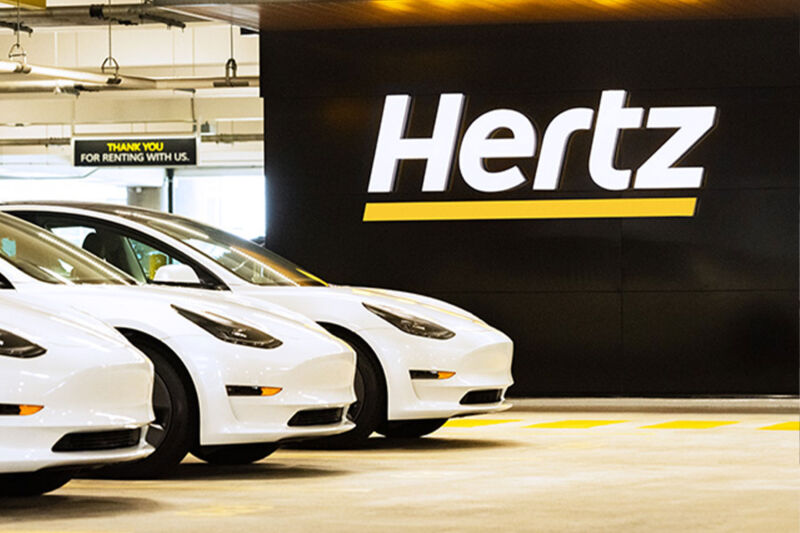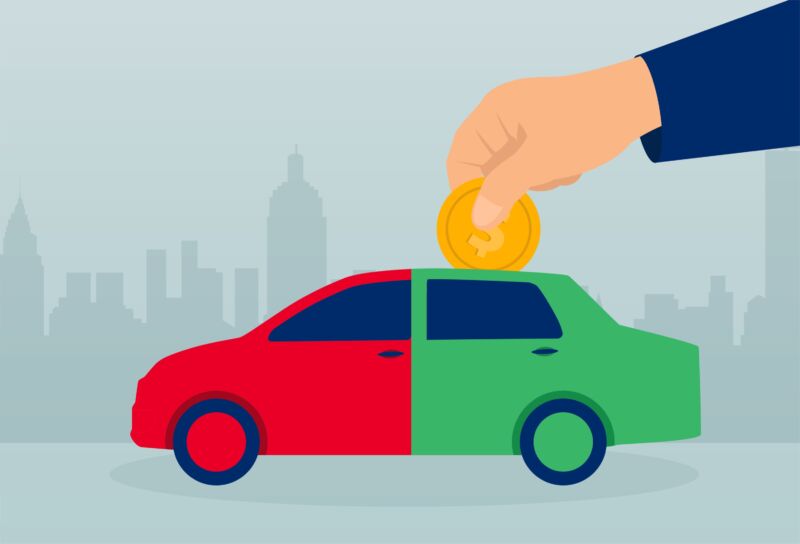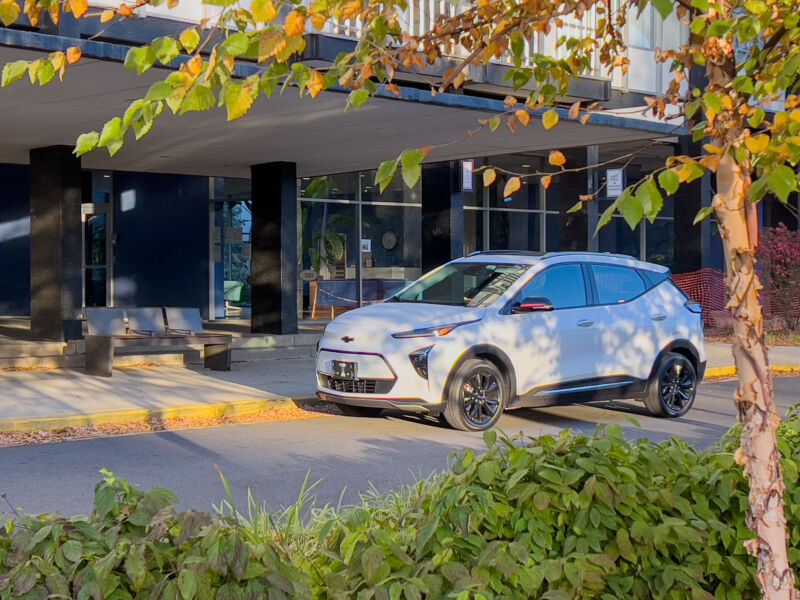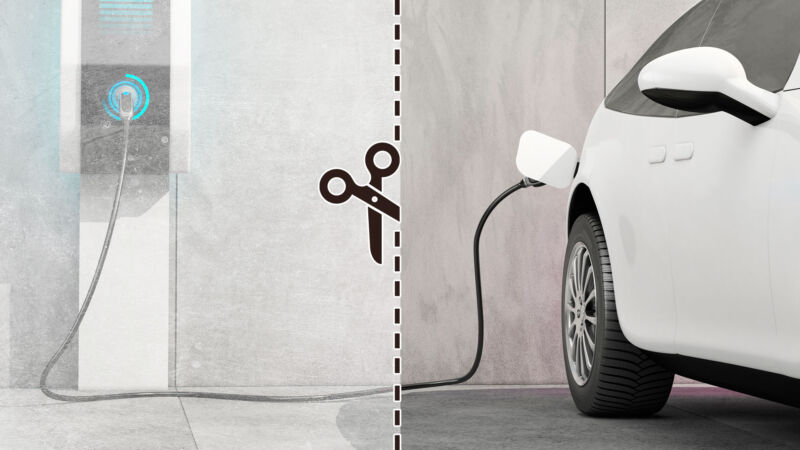-
 chevron_right
chevron_right
Hertz is selling 20,000 used EVs due to high repair costs
news.movim.eu / ArsTechnica · Thursday, 11 January - 15:22

Enlarge (credit: Hertz)
If you're looking for an electric car bargain and you're braver than the average bear, you might want to check out Hertz, the car rental agency. After announcing big plans to purchase tens of thousands of EVs from Tesla and then Polestar, it's now liquidating a third of that fleet, the company told investors.
After Hertz went bankrupt during the early days of the pandemic, its big EV ambitions began in 2021, when the company revealed it wanted more than 20 percent of its rental fleet to be electric by 2022. To that end, it placed an order for 100,000 Tesla Model 3 sedans , then followed up with an order for 65,000 Polestar 2s .
By early 2023, it was still far short of the ambitious goal , in large part due to Tesla's inability to actually fill that order in time, and EVs still represent just 11 percent of the total Hertz rental fleet. In total, the Hertz EV fleet is around 60,000 vehicles. But it may not actually be that upset—it turns out that the electric rental cars haven't been the panacea it needed.








